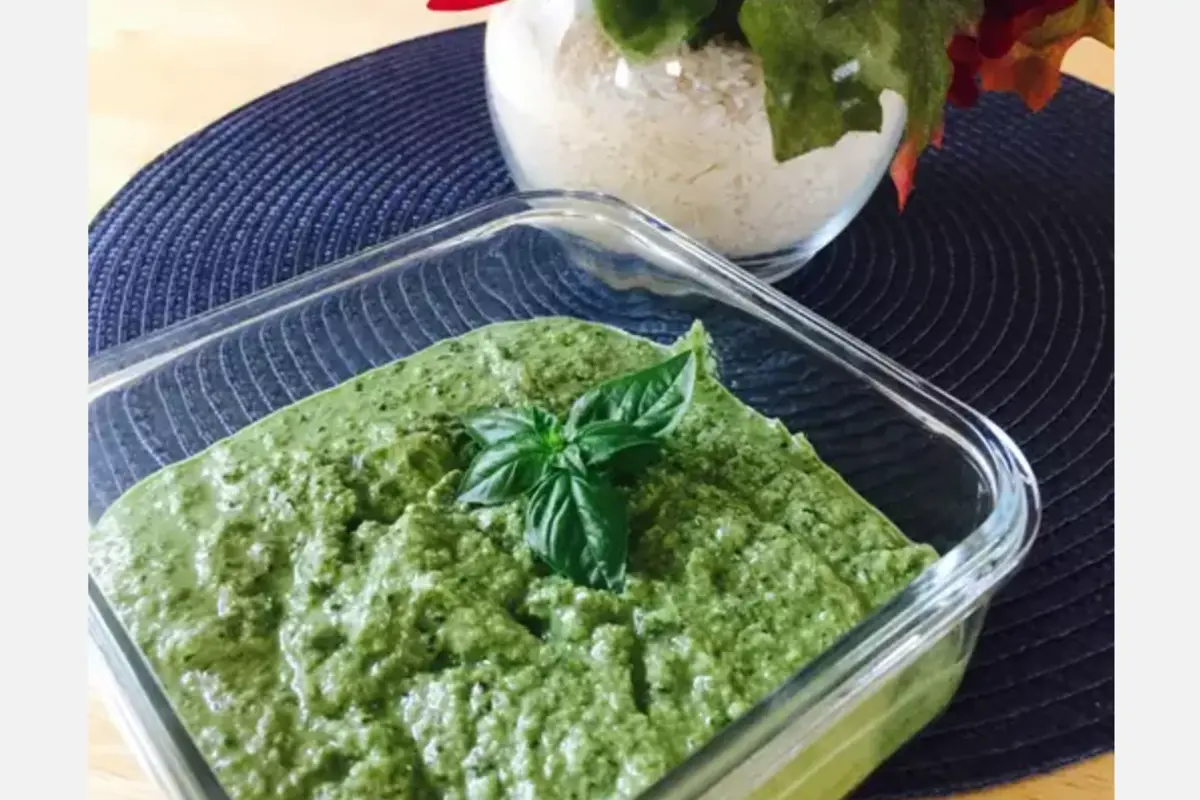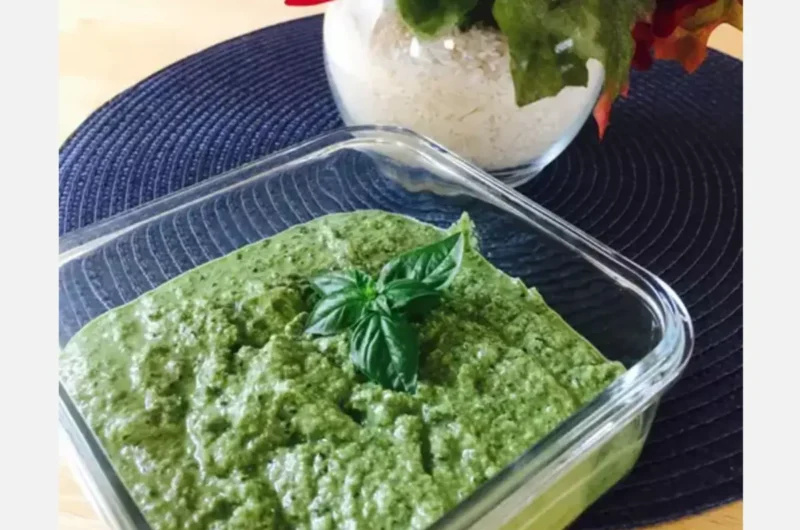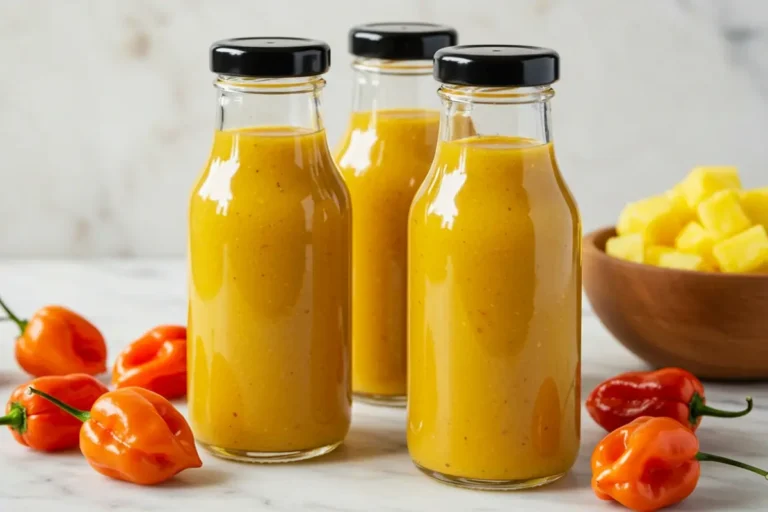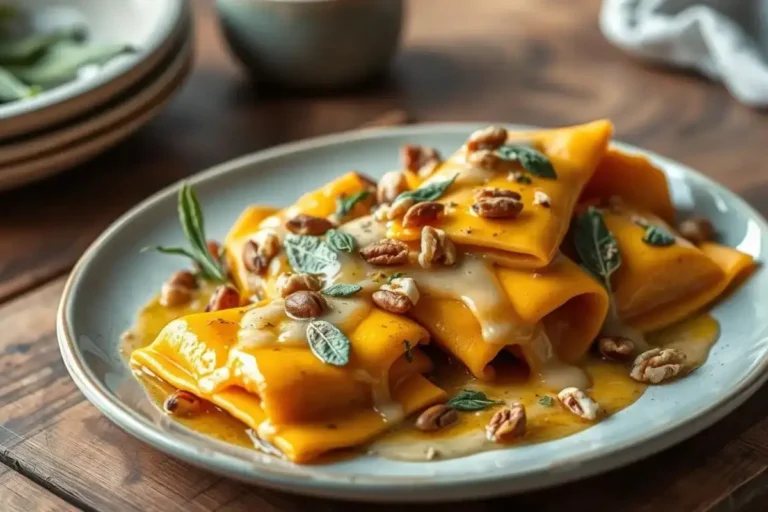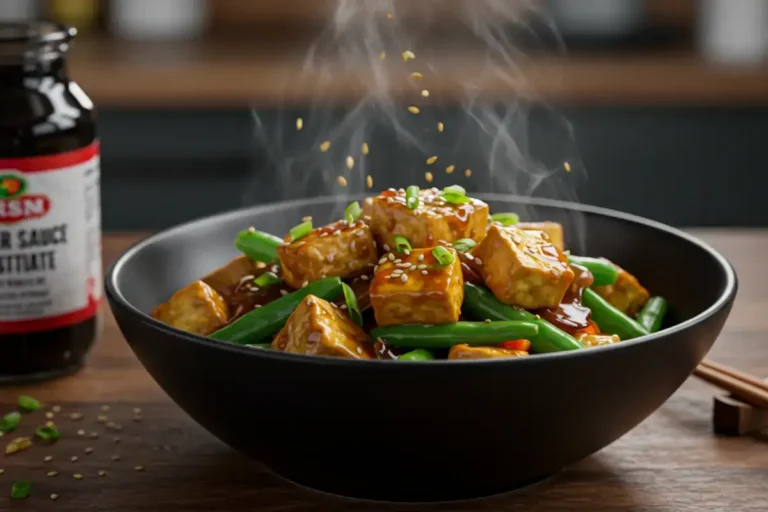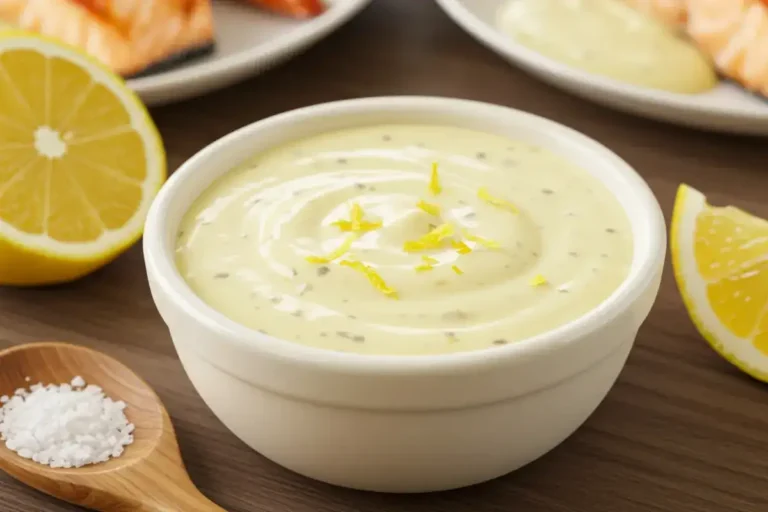The Ultimate Guide to Pesto Sauce
What is pesto sauce made of?
Pesto sauce, an iconic Italian culinary specialty, is made from simple yet flavorful ingredients. At its core, it combines fresh basil, pine nuts, cheese (typically Parmigiano-Reggiano or Pecorino Romano), garlic, and extra virgin olive oil. These ingredients are blended together to create a creamy sauce that captures the essence of Mediterranean cuisine. A popular variation, pistachio sauce, replaces the pine nuts with pistachios, offering a rich texture and a slightly sweet flavor.
What Exactly is Pesto, and How Can I Prepare It?
The word pesto comes from the Italian verb “pestare, “meaning to crush or grind, referring to the traditional method of preparation using a mortar and pestle. However, in modern kitchens, a food processor is often used to save time. To make a Basil Pesto Recipe, simply combine fresh basil leaves, your chosen nuts or seeds (like pistachios for a pistachio sauce), grated cheese, garlic, and olive oil, then blend until smooth and creamy.
Table of Contents
Ingredients
Essential Pesto Ingredients
The beauty of pesto sauce lies in its simplicity. The core ingredients needed for the perfect pesto are fresh basil, garlic, nuts, cheese, and extra virgin olive oil. Each ingredient plays a crucial role in bringing out the vibrant flavors that make pesto so beloved. Whether you’re preparing a classic Basil Pesto Recipe or experimenting with variations like pistachio sauce, these basics remain the same.
A Note About the Basil
The basil used in pesto is arguably the most important ingredient. It’s essential to use fresh, fragrant basil leaves to create a rich, aromatic sauce. While some recipes may suggest dried basil, fresh basil provides the bold, lively flavor that defines pesto sauce. If you’re making a pistachio sauce, you’ll still want to ensure that the basil is vibrant and fresh, as it enhances the nuttiness of the pistachios beautifully.
What Cheese Should Be Used in Pesto Sauce?
The cheese you choose can significantly impact the flavor of your pesto. Traditional pesto uses Parmigiano-Reggiano or Pecorino Romano for their sharp, nutty flavors. These cheeses melt seamlessly into the sauce, adding creaminess and richness. For a twist, you might also experiment with other hard cheeses like Grana Padano or even aged Asiago. For a variation like pistachio sauce, you may opt for cheese with a milder taste to let the pistachios shine.
Which Nuts Are Used in Pesto Sauce, and Is Toasting Them Necessary?
Traditionally, pesto sauce uses pine nuts, but other nuts can be substituted depending on your taste preferences or dietary restrictions. Walnuts, almonds, and pistachios are excellent alternatives that can provide a different flavor profile. While pine nuts are typically used raw, toasting other nuts can enhance their flavor. For example, toasting pistachios will bring out their natural oils and deepen their flavor, making them an excellent choice for a pistachio sauce variation.
Which Olive Oil is Ideal for Pesto Sauce?
The choice of olive oil plays a crucial role in the flavor of your pesto sauce. To achieve the best results, it’s recommended to use extra virgin olive oil, which offers a robust and fruity taste that complements the fresh basil and nuts. Look for a high-quality, cold-pressed olive oil, as it retains the most flavor and health benefits. A well-balanced olive oil—neither too bitter nor too mild—will enhance the richness of your pesto without overpowering the other ingredients. If you’re making a pistachio sauce, a good olive oil can help bring out the natural nuttiness of the pistachios while maintaining the creamy consistency of the sauce.
Should You Add Butter to Pesto Sauce?
Traditional pesto sauce does not include butter, relying solely on olive oil for its smooth texture. However, adding a small amount of butter can result in a richer, creamier pesto that some people prefer. If you’re looking for a more indulgent version, try incorporating butter into your pesto—this works particularly well in pistachio sauce, where the richness of the butter complements the nuttiness of the pistachios.
Equipment
What’s the Best Tool for Preparing Pesto Sauce: Mortar and Pestle or a Food Processor?
When it comes to making pesto sauce, the choice of equipment can impact both the texture and the flavor of your sauce. Traditionally, pesto was prepared using a mortar and pestle, a method that allows you to grind the ingredients slowly, releasing the oils and flavors gradually for a more aromatic and rich result. However, in modern kitchens, many people opt for a food processor to save time, which still delivers a delicious sauce, though the texture may be slightly smoother. If you’re aiming for a more traditional experience, using a mortar and pestle to make a Basil Pesto Recipe can elevate the flavors by ensuring each ingredient is perfectly crushed and blended. For a quicker option, a food processor works just as well and is ideal for making larger batches of pesto sauce. When preparing a pistachio sauce, both methods can be used, but the mortar and pestle method can help preserve the pistachio’s flavor while giving the sauce a slightly chunkier, rustic texture.
Does the Type of Mortar and Pestle You Choose to Impact the Flavor of Your Pesto?
Yes, the type of mortar and pestle you use can influence the texture and flavor of your pesto sauce. Traditional stone mortars are the most commonly used, as they provide a rough surface that helps grind the ingredients more effectively, releasing the oils from the basil and nuts, such as pistachios. A stone mortar tends to add a rustic charm to the process, allowing you to enjoy the authentic experience of hand-making your pesto. However, if you’re looking for a smoother, more consistent texture, a porcelain mortar with a softer surface may be preferable, as it will allow for a finer grind. Ultimately, the choice of mortar and pestle depends on your preference for texture and authenticity, but either can help you create a delicious pistachio sauce or Basil Pesto Recipe.
Here’s the Step-by-Step Directions section in a list format:
Step-by-Step Directions
How to Make Basil Pesto
Prepare the Ingredients:
- Gather fresh basil leaves, garlic, pine nuts (or pistachios for a variation), Parmigiano-Reggiano cheese, and extra virgin olive oil.
- Wash and dry the basil leaves thoroughly to avoid excess moisture.
Traditional Method (Mortar and Pestle):
- Start by placing the garlic, nuts, and a pinch of salt into the mortar. Gently crush them to release the flavors.
- Gradually add the basil leaves in small batches, grinding them until you achieve a smooth paste.
- Stir in the grated cheese and slowly add olive oil, mixing until you reach the desired consistency.
Quick Method (Food Processor):
Add garlic and nuts to the food processor bowl and pulse until finely chopped.
- Add the basil leaves and pulse again until well combined.
- With the processor running, slowly pour in the olive oil to create a smooth paste.
- Stir in the grated cheese.
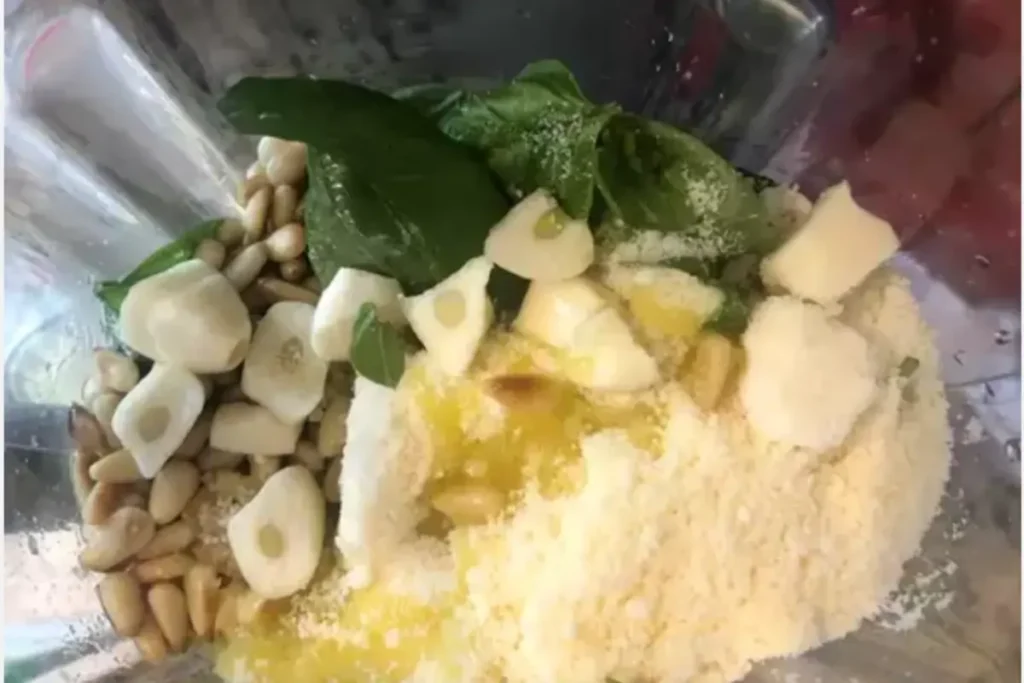
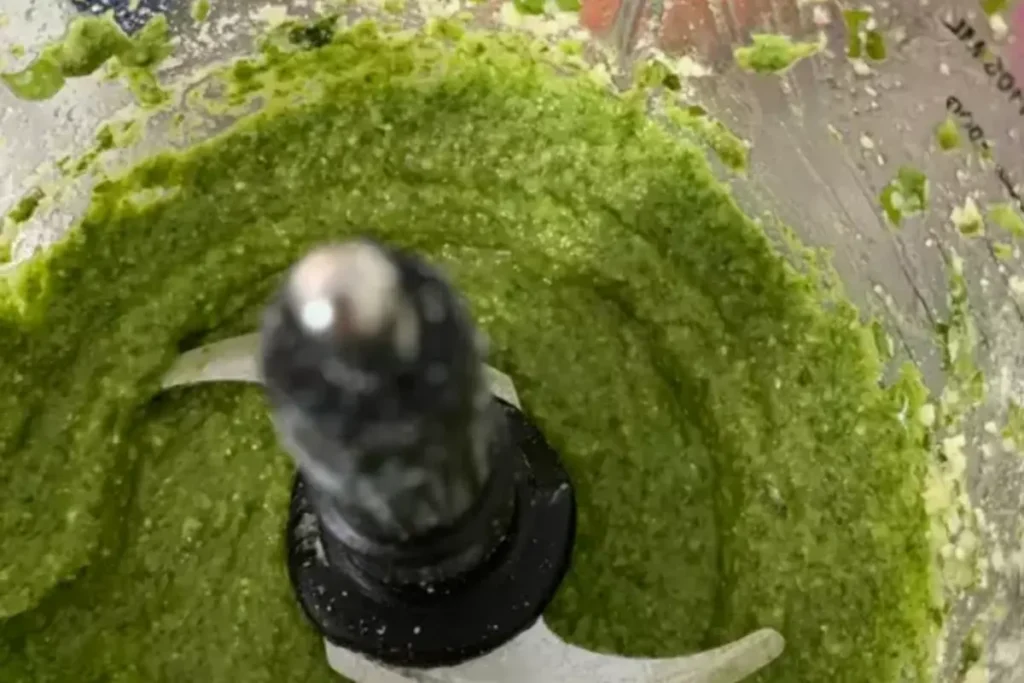
Final Touch:
- Your Basil Pesto is ready to serve! Enjoy it with pasta, spread it on sandwiches, or use it as a flavorful dip.
- For a twist, try making a pistachio sauce for a unique flavor.
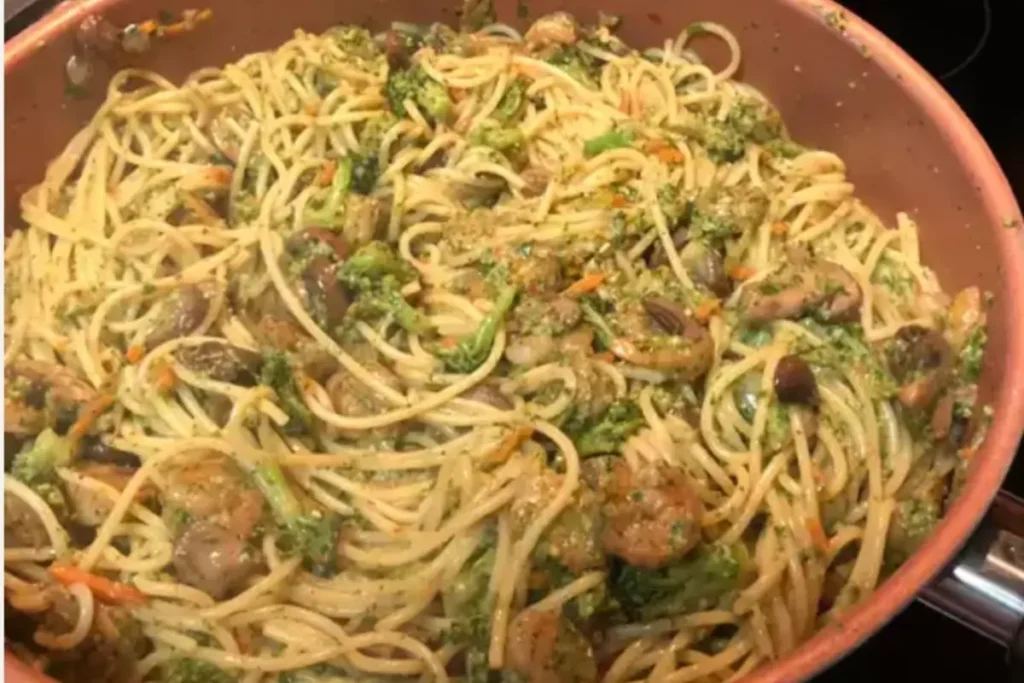
How to Store and Preserve Pesto
How to Store & Freeze Pesto
To keep your pesto sauce fresh for longer, proper storage is key. Here are the best methods for storing and freezing pesto:
- Refrigerating Pesto:
- If you plan to use your Basil Pesto Recipe within a few days, store it in an airtight container in the fridge.
- To maintain its vibrant green color, drizzle a thin layer of olive oil over the surface of the pesto. This helps preserve the vibrant green color and fresh flavor.
- Freezing Pesto:
- If you want to keep pesto sauce for an extended period, freezing is the best option.
- Spoon the pesto into ice cube trays and cover with plastic wrap or a lid. This way, you can freeze small portions of pesto for easy use.
- Once frozen, transfer the pesto cubes into a zip-top bag or airtight container and store them in the freezer for up to 3 months.
- Thawing Frozen Pesto:
- To use frozen pesto, simply remove the desired portion and let it thaw in the fridge overnight. For faster thawing, you can also place it in a bowl of warm water for about 20 minutes.
- Once thawed, stir well before using, as some separation may occur during freezing.
By following these steps, you can enjoy the delicious flavors of pesto sauce whenever you need it, whether fresh or frozen!
Nutrition Facts and Health Insights
| Nutrient | Amount (per serving) |
|---|---|
| Calories | 200-250 kcal |
| Total Fat | 20-24 g |
| Saturated Fat | 3-4 g |
| Carbohydrates | 2-4 g |
| Protein | 4-6 g |
| Vitamin A | 10% DV |
| Vitamin C | 20% DV |
Is Pesto Healthy?
Pesto is generally healthy, and rich in healthy fats, vitamins, and antioxidants. However, due to its calorie density, it’s best enjoyed in moderation.
FAQS
What to Do With Pesto: Recipe Variations and Ideas
Pesto sauce is versatile and can be used in many creative ways. Beyond the classic pasta dish, it pairs beautifully with grilled meats, and roasted vegetables, and as a topping for pizzas. You can also spread it on sandwiches, use it as a dip for bread, or mix it into soups for added flavor. For a twist, try making pistachio sauce for a unique variation.
What Do You Eat Pesto Sauce With?
Pesto is perfect with pasta, but it can also enhance the flavor of roasted potatoes, salads, grilled fish, and even scrambled eggs. The nutty, garlicky sauce adds a burst of freshness to almost any dish.
What Do Italians Eat Pesto With?
In Italy, pesto is traditionally served with pasta, especially trofie or trenette. It’s also enjoyed with boiled potatoes or added to minestrone soup for extra flavor.
What Pairs Nicely with Pesto?
Pesto sauce pairs well with dishes that have a mild flavor, such as pasta, bread, mozzarella, and even fresh tomatoes. It also complements roasted or grilled vegetables like zucchini, eggplant, and bell peppers.
Can You Eat Pesto By Itself?
While pesto is usually served with other foods, you can absolutely enjoy it on its own as a dip or spread. Its rich, herbaceous flavor can be a delicious snack or appetizer when paired with crusty bread or crackers.
The Ultimate Guide to Pesto Sauce
Course: SauceCuisine: ItalianDifficulty: Easy16
servings5
minutes5
minutes250
kcal10
minutesPisto sauce is a rich, creamy blend of Basilic, olive oil, garlic, and cheese, offering a nutty flavor perfect for pasta, vegetables, or as a spread.
Ingredients
Garlic: 2 medium cloves (10g)
Pine Nuts: 2 tablespoons (about 1 ounce; 30g)
Basil Leaves: 3 ounces (85g), from about a 4-ounce bunch, washed with water still clinging (approximately 4 cups)
Coarse Sea Salt: As needed
Parmigiano Reggiano: 3/4 ounce, grated (about 2 tablespoons; 21g)
Extra-Virgin Olive Oil: 3/4 cup (175ml), mildly flavored
Directions
- Gather Ingredients: Collect all the necessary ingredients.
- Blend: Add basil leaves, nuts, garlic, and cheese to a food processor and blend until finely chopped.
- Add Oil: Slowly pour in olive oil while the processor is running to create a smooth consistency.
- Season: Add salt and pepper to taste
- Enjoy: Your pesto is ready to serve!
Notes
- For the best results, use fresh, high-quality ingredients. Ensure the basil leaves are washed and slightly damp, as the moisture helps create a smoother texture. If Pecorino Fiore Sardo is unavailable, you can substitute it with Pecorino Romano or additional Parmigiano Reggiano, but note that it may slightly alter the flavor profile. Lastly, use a mild, high-quality extra-virgin olive oil to avoid overpowering the delicate balance of flavors.
Your delicious feedback
There are no reviews yet. Be the first one to write one.

